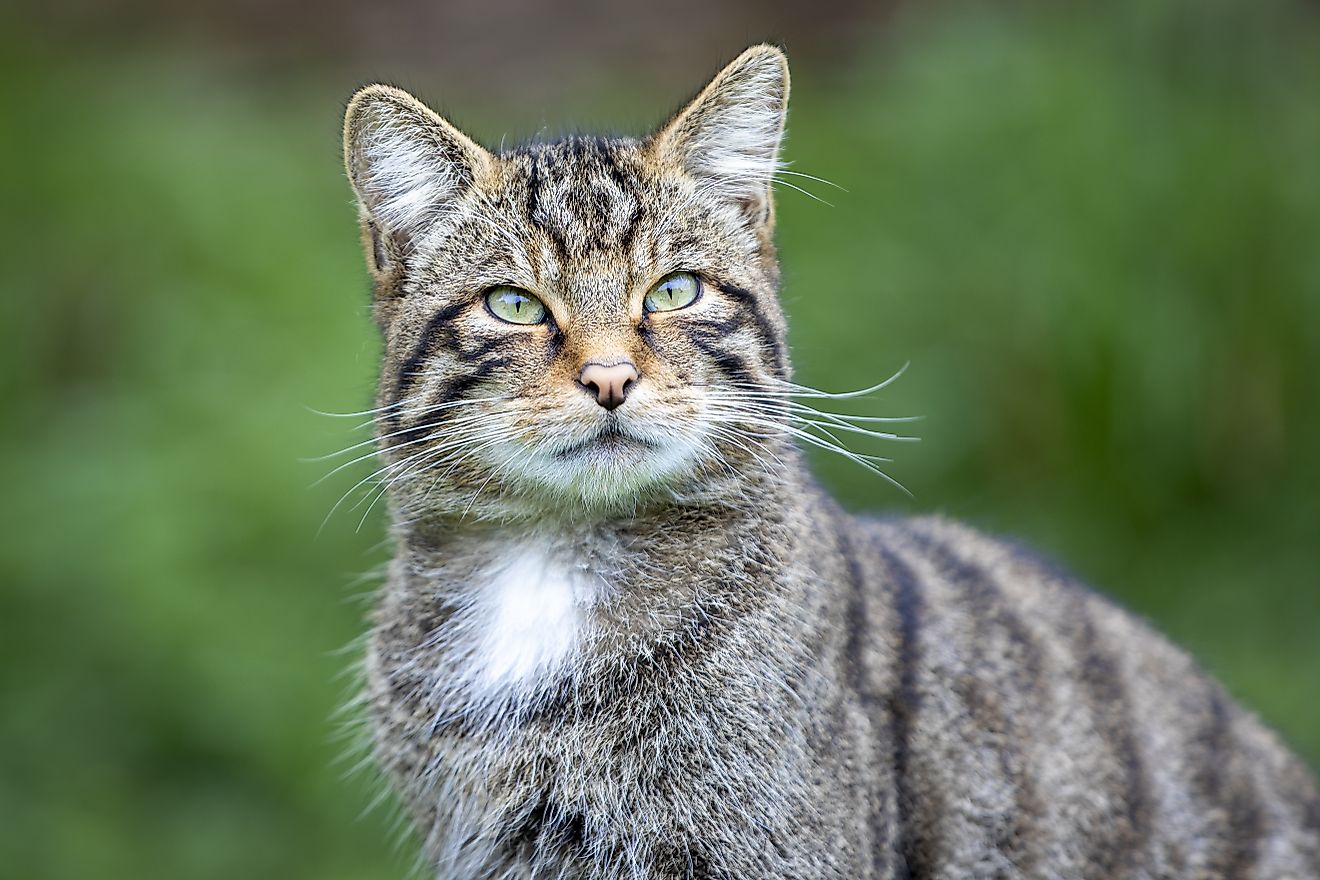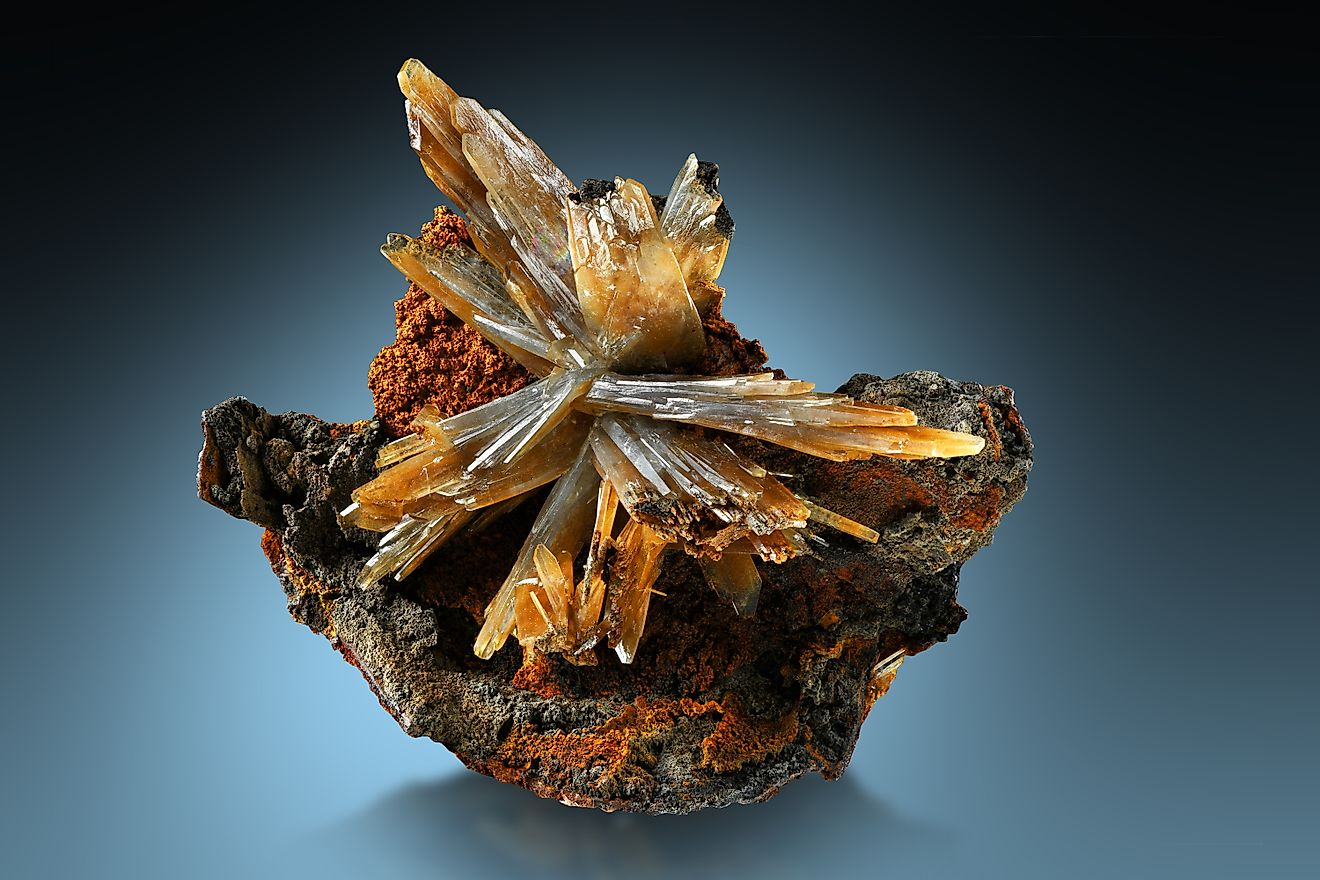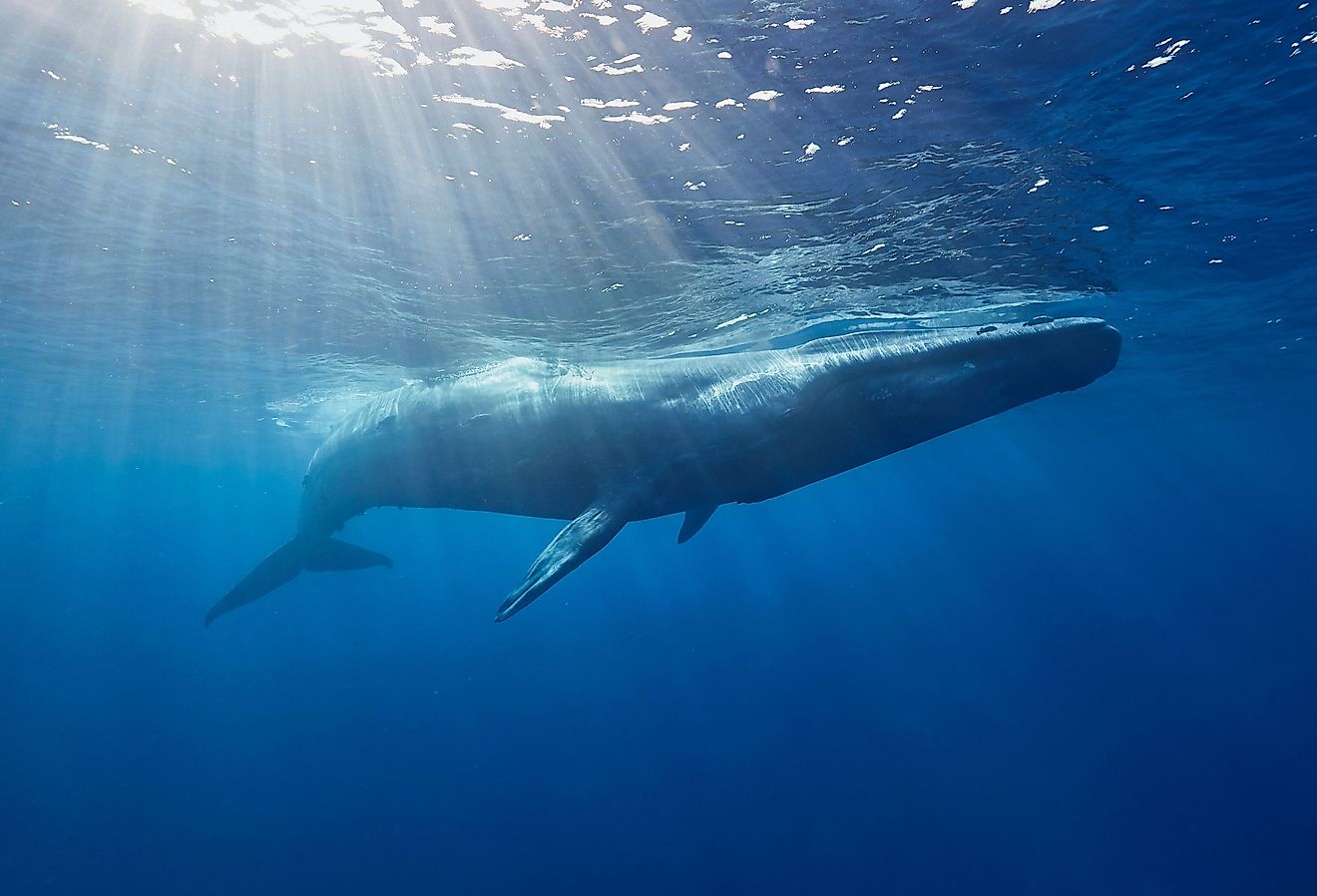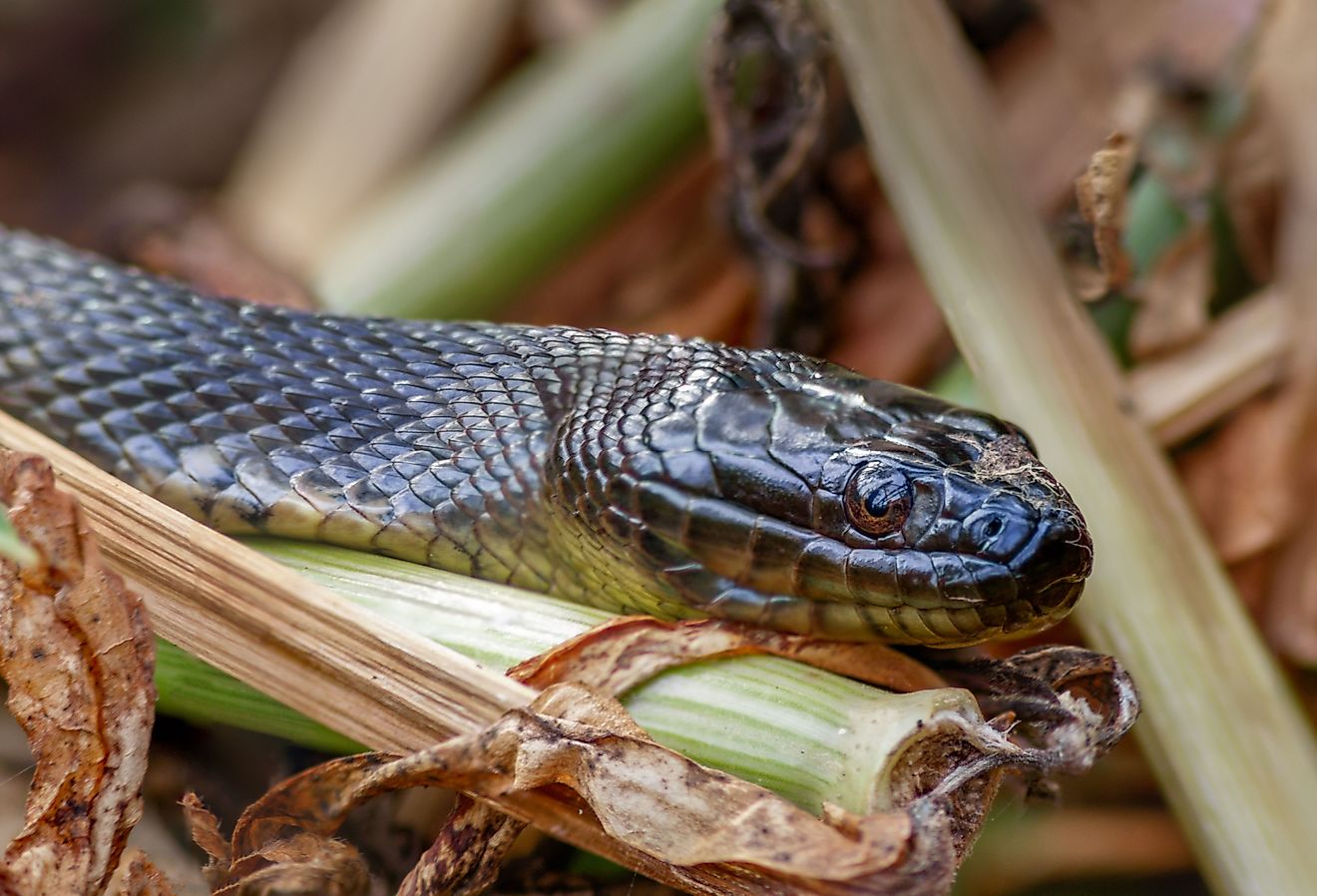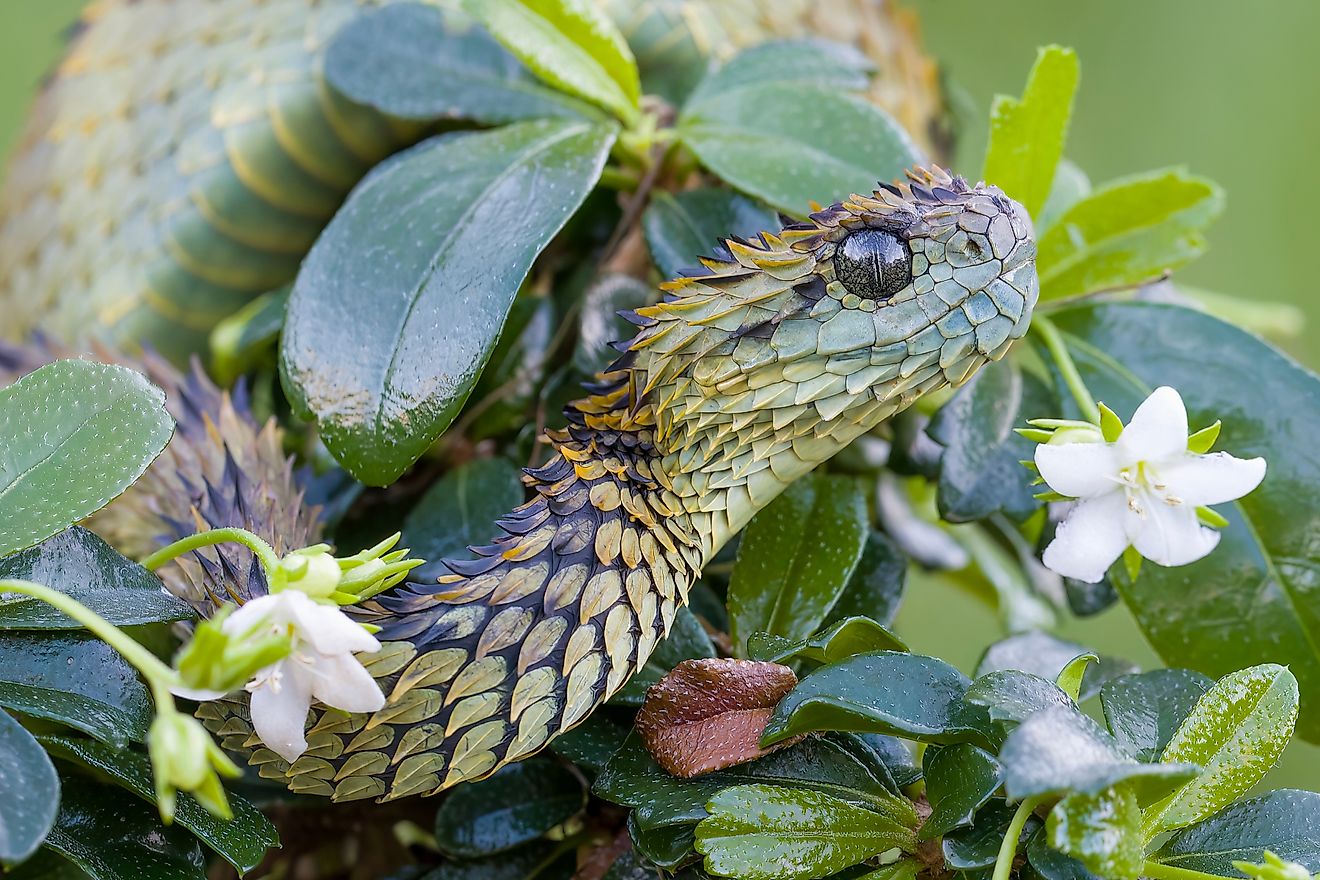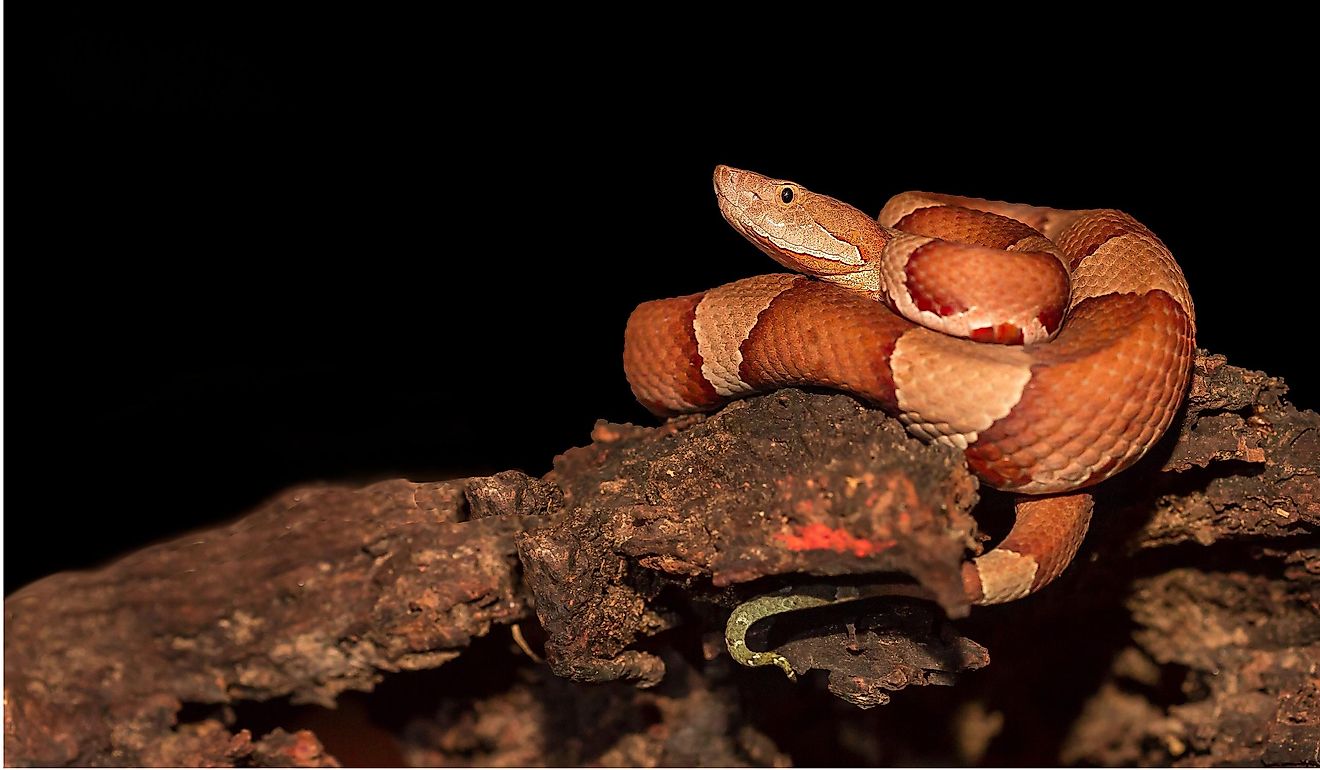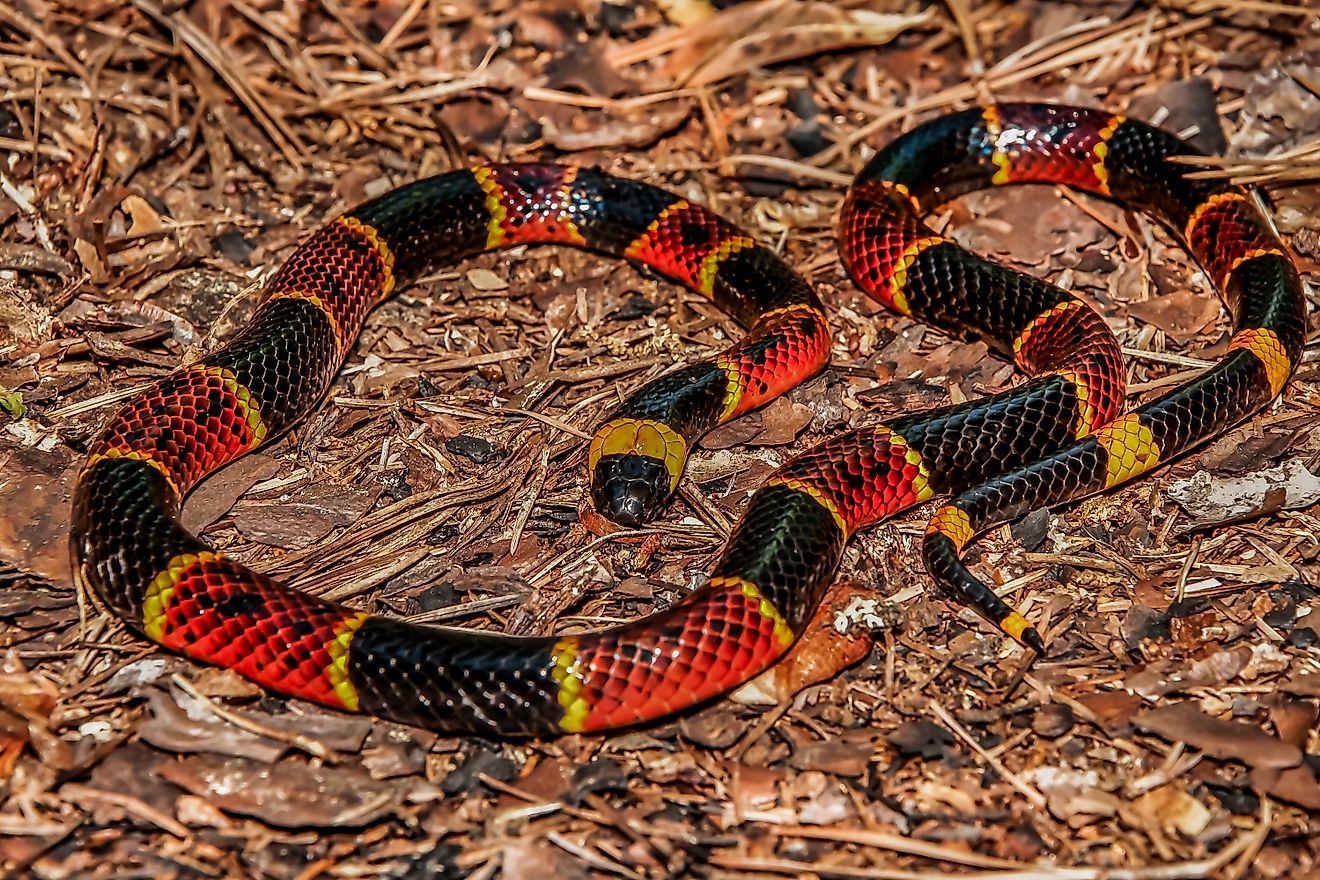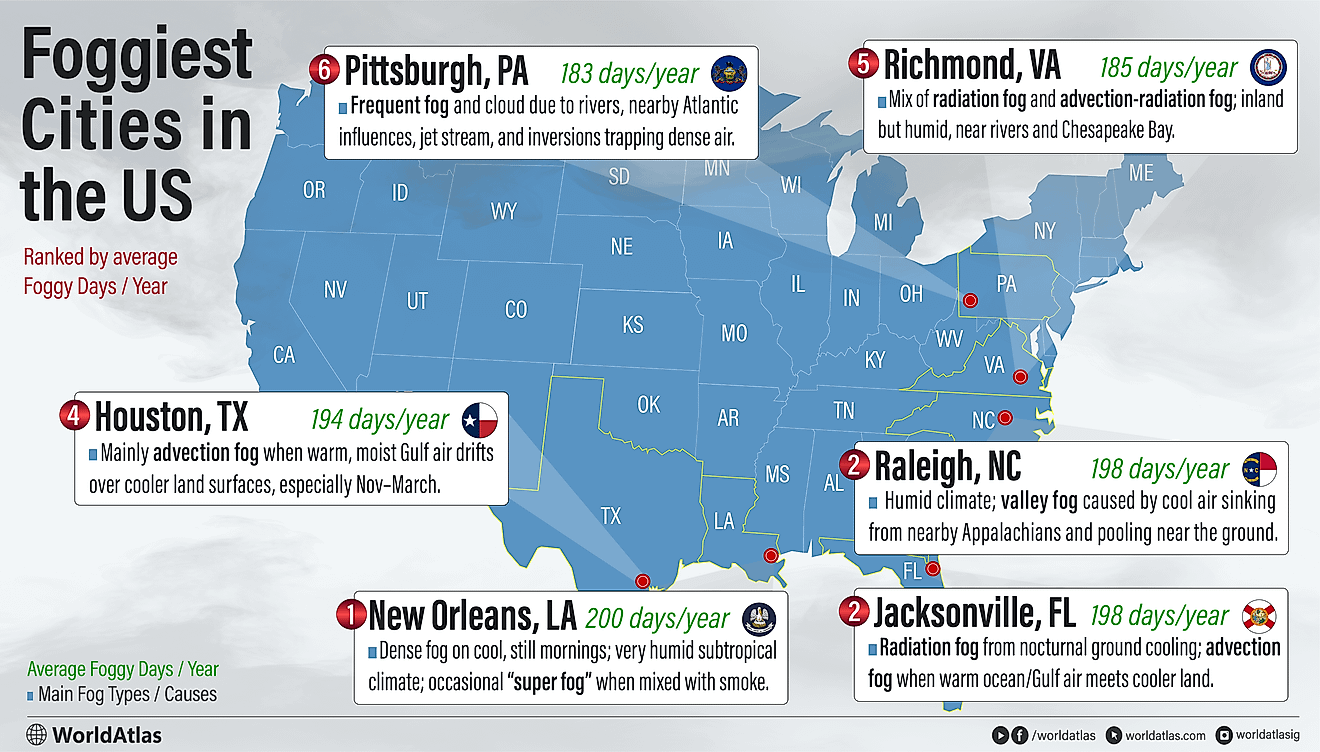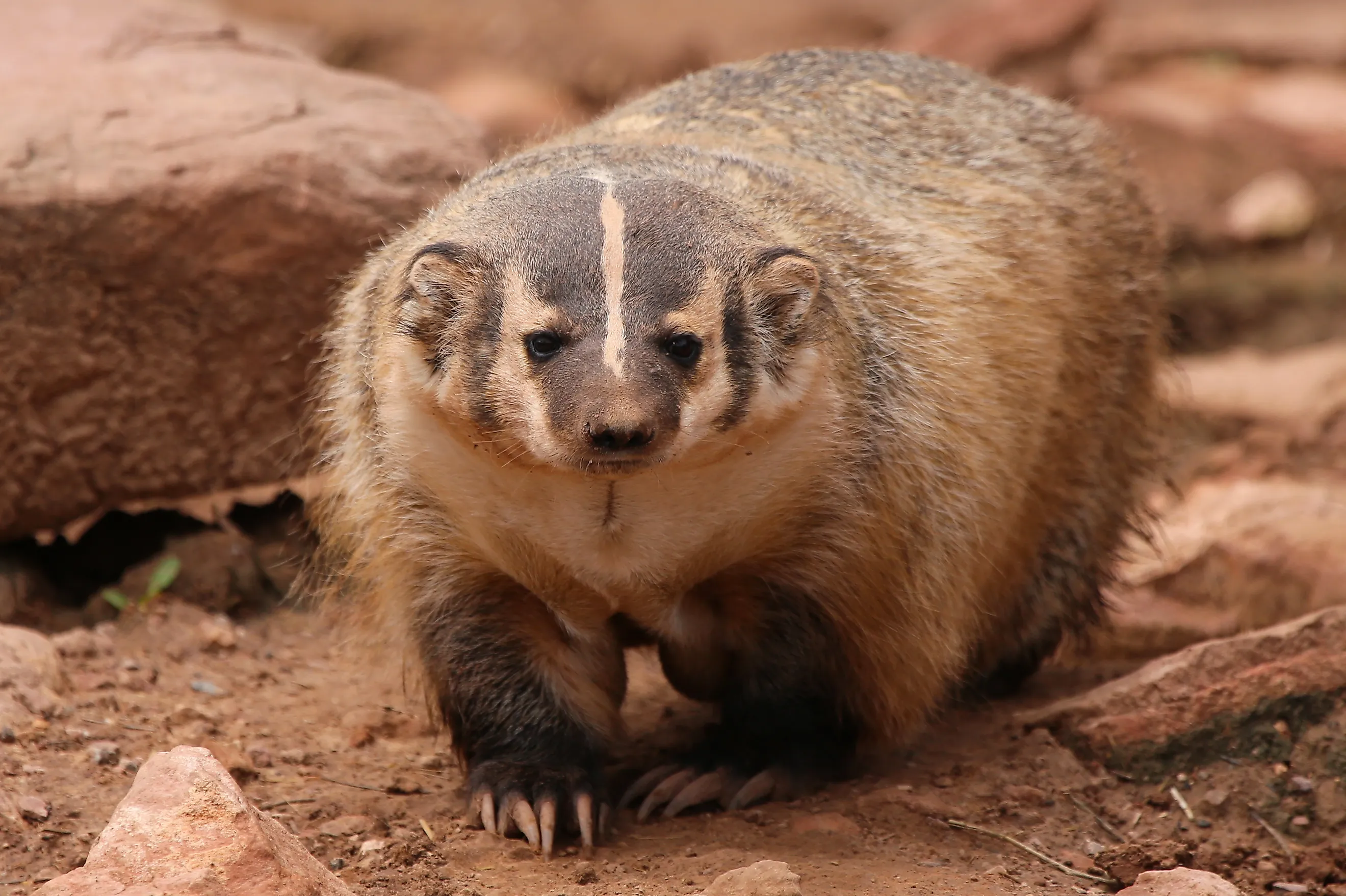
Wisconsin’s Namesake Digger: The American Badger
Look closely at the Wisconsin state flag, and you’ll see a small animal scurrying along the top of its crest. That’s the American Badger, immortalised as Wisconsin’s state animal and known as one of nature’s best diggers. Reclusive, nocturnal mammals that spend most of their lives underground, badgers might seem a strange choice for a state mascot, but their links with Wisconsin go back hundreds of years to the early 1800s. How the humble badger ended up on the state flag is a fascinating story that delves into Wisconsin’s rich history and heritage.
The Badger State
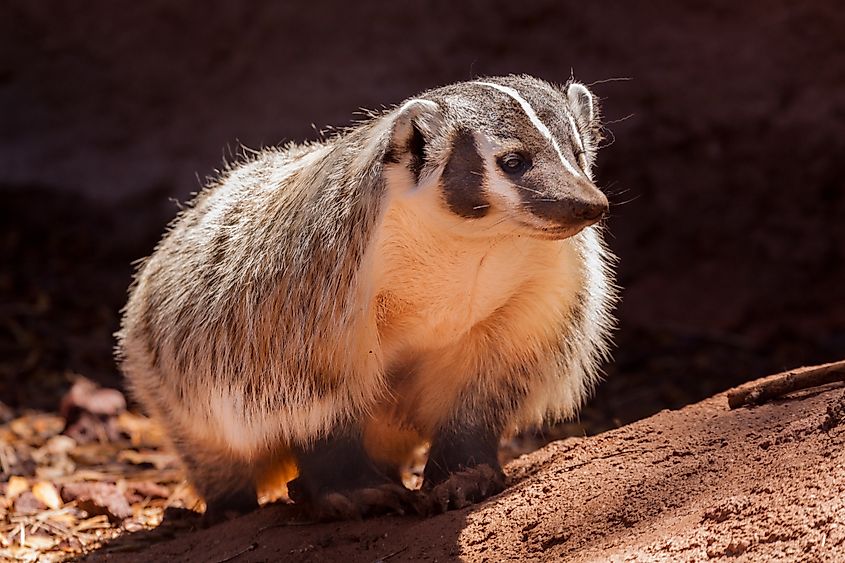
The American Badger didn’t officially become Wisconsin’s state animal until 1957, but its connection with the state goes back much further. The earliest inhabitants of Wisconsin discovered its rich lead ore deposits and mined lead for paints and other uses. When the European Colonists arrived, they took over and expanded mining operations, leading to a lead boom in the newly settled state. In the 1820s and 1830s, miners streamed into the area, ready to make their fortune, as lead mining was proving more profitable than fur trading or farming. By 1829, there were more than 4,000 miners in southwestern Wisconsin, producing 13 million pounds of lead annually.
These miners didn’t set up conventional camps. Instead they carved rough and ready shelters into the hillsides, creating burrows that were simple and inexpensive. This habit of burrowing into the land earned them the nickname of ‘badgers’.
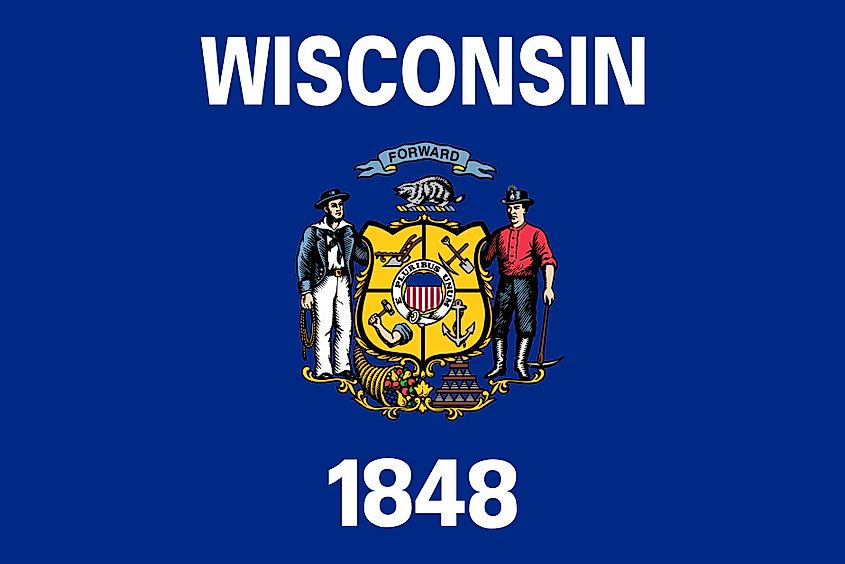
By the 1840s, the lead boom had peaked, and its ‘badgers’ moved into farming or headed for California to try their hand at gold prospecting. While the mines closed, the nickname stayed, and in 1851, the badger appeared on the state seal for the first time. The animal was so popular that, in 1889, the University of Wisconsin-Madison adopted it as its mascot. Nearly a century later, a group of schoolchildren petitioned to have the badger formally recognized as the state animal and won their case despite stiff competition from the white-tailed deer.
Badger Habitats
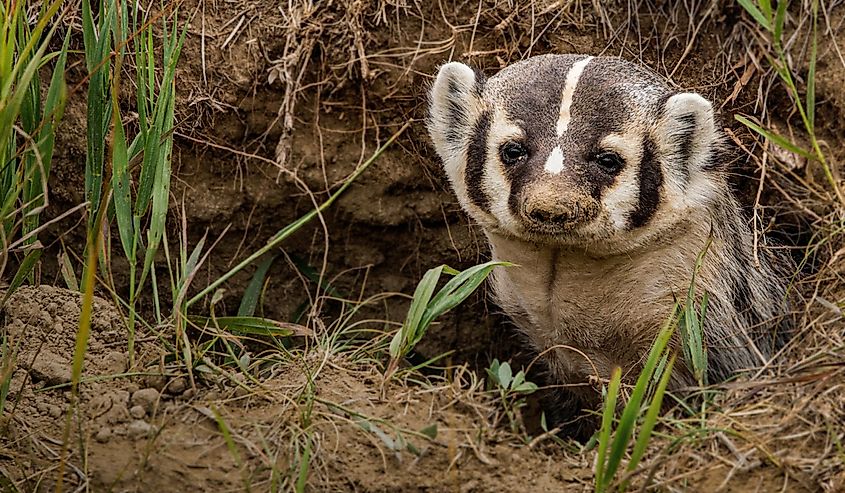
Despite being Wisconsin's beloved mascot, many residents have never seen one in the wild. Badgers are notoriously evasive. They are most active at night and prefer to spend their time underground in their warm and cozy dens.
Just because you don’t see them doesn’t mean they’re not there, however. The American Badger's native range is widespread, covering the United States, Mexico, and Canada. Their preferred habitat is plains and prairies. They tend to head for open grasslands, pastures, and meadows. In Wisconsin, you’re most likely to find them in the southern part of the state, where the soil is softer and, therefore, easier to dig.
Nature’s Top Diggers

Badgers are tough and resilient carnivores, hunting almost anything that’s small enough to catch. They typically hunt burrowing animals such as wood chucks, ground squirrels and gophers, chasing them underground and then burrowing after them. Badgers are built to dig. They have long, curved claws that tear at the soil, leaving telltale claw marks where they make their burrows. Their front feet are webbed, making them a more effective digging tool.
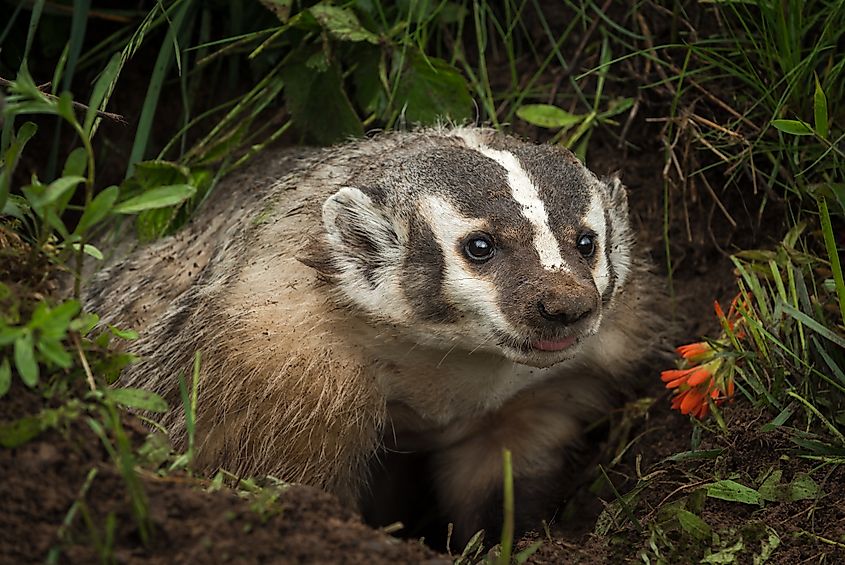
Weighing up to 26 lb (12 kg), badgers might look stocky and slow, but their wedge-shaped bodies act like shovels, giving them greater force when they dig. They also have loose skin that allows them to turn around smoothly in confined spaces and an inner membrane in their eye that protects their eyes from flying dirt as they tunnel underground.
Conservation Status of American Badgers
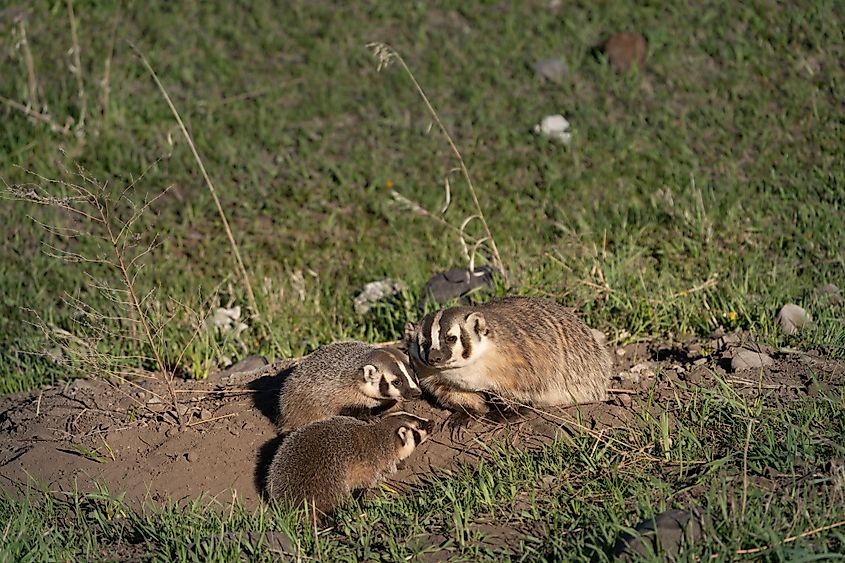
The IUCN lists the American badger as a species of least concern. While their populations are stable, the biggest threat to badgers comes from human development. Transforming their native habitats into urban centres or agricultural land puts pressure on badger populations as the animals are forced to range further, exposing them to dangers like busy highways.
Badgers are protected in Wisconsin and cannot be trapped or harvested. Researchers estimate that their populations are healthy but it’s difficult to know for sure. Badgers are hard to study due to their elusive nature.
In 2009, the University of Wisconsin-Milwaukee launched a Wisconsin Badger Genetics Project to better track and understand the animal. The project has found that Wisconsin badgers form a distinct genetic group and hopes that further long-term study will help scientists learn more about their movements, habitat use, and genetics.
Celebrating the Wisconsin Badger
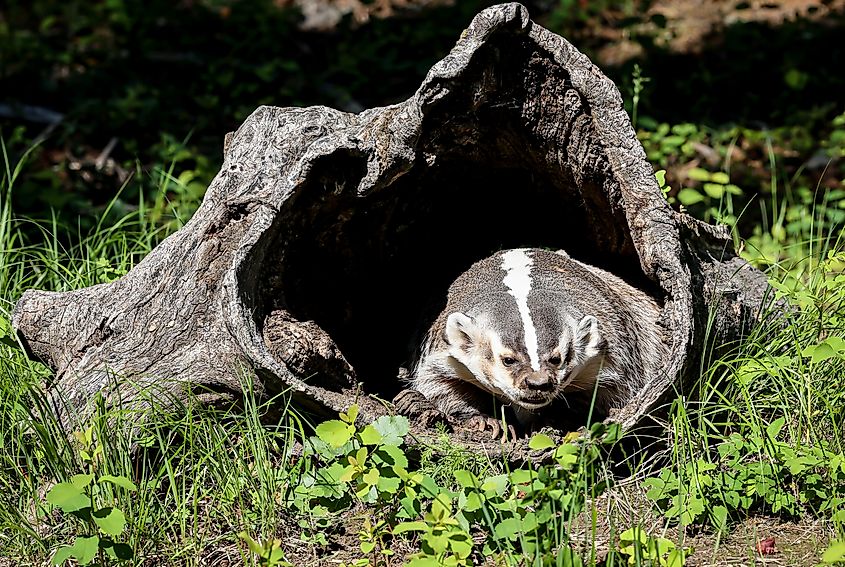
The American Badger gave Wisconsin its official nickname, state animal, flag, and sports team, but it’s not just a cuddly mascot. This unique animal is a powerful digging machine and a fierce predator. If you do see a badger, treat it as you would any wildlife — keep your distance. They will fight when cornered, but prefer to be left alone.
The Wisconsin lead miners may not have appreciated the badger nickname in the 1800s, but the state has embraced its quirky burrower. Fierce, strong, resilient, and independent, the badger is a fitting symbol of a state that welcomed pioneers, industrialists, and entrepreneurs to become the jewel of the Midwest.
